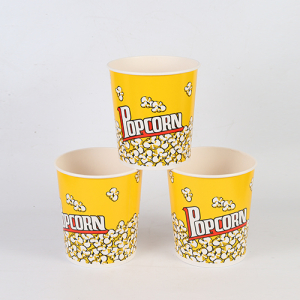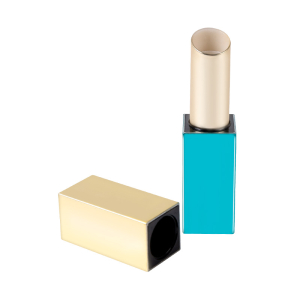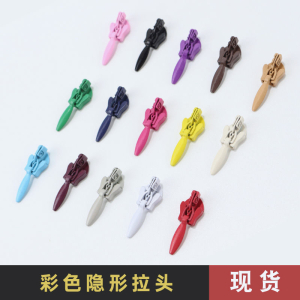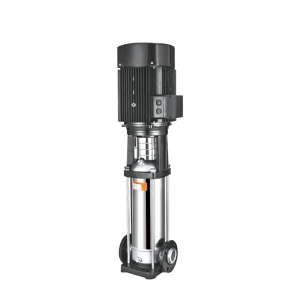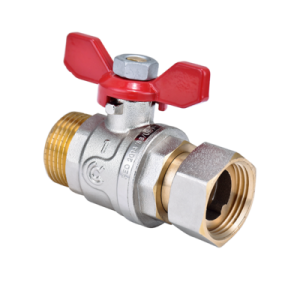2K Mold technology, also known as double injection molding or multi-material molding, has significantly evolved since its inception, revolutionizing the production of complex plastic parts. This innovative manufacturing process involves injecting two different materials into a single mold, resulting in a product that seamlessly combines the properties of both materials. The evolution of 2K mold technology has enabled manufacturers to meet increasingly sophisticated design and performance requirements.
Initially, 2K mold technology was developed to address the limitations of traditional single-material injection molding, particularly in creating parts with enhanced functionality and aesthetics. The process begins with injecting the first material into the mold to form the base structure of the part. After this material solidifies, the mold rotates or shifts to a new position, where the second material is injected. The second material bonds with the first, producing a single, integrated part.
One of the significant impacts of 2K molding is its ability to produce parts with complex geometries and multi-material compositions that would be difficult to achieve through conventional methods. For instance, a mobile phone case can have a rigid frame for structural support and a soft, rubberized outer layer for improved grip and shock absorption. This dual-material approach enhances the functionality and user experience of the final product.
Moreover, 2K molding has improved the efficiency and cost-effectiveness of manufacturing processes. By combining two molding stages into one, manufacturers can reduce production time, lower labor costs, and minimize the need for post-processing and assembly. This integrated approach not only streamlines production but also enhances product consistency and quality.
The technology's versatility extends to various industries, including automotive, consumer electronics, medical devices, and home appliances. In the automotive sector, 2K molding is used to produce interior components like control buttons and dashboard elements that require a blend of hard and soft materials. In the medical field, it enables the production of devices with rigid and flexible parts, such as syringe plungers and ergonomic handles for surgical instruments.
Looking ahead, the future of 2K mold technology is promising, with continuous advancements driving innovation in product design and manufacturing. The development of new materials with improved properties and the integration of smart materials that respond to environmental changes are expected to expand the capabilities of 2K molding. Additionally, advancements in simulation and modeling software will further optimize the design and production processes, enhancing efficiency and reducing time-to-market for new products.
In summary, the evolution of 2K mold technology has profoundly impacted the manufacturing industry by enabling the production of complex, multi-material parts with improved functionality and aesthetics. Its ability to enhance efficiency and reduce costs, coupled with ongoing technological advancements, ensures that 2K molding will continue to play a vital role in modern manufacturing, driving innovation and meeting the ever-growing demands of various industries.

